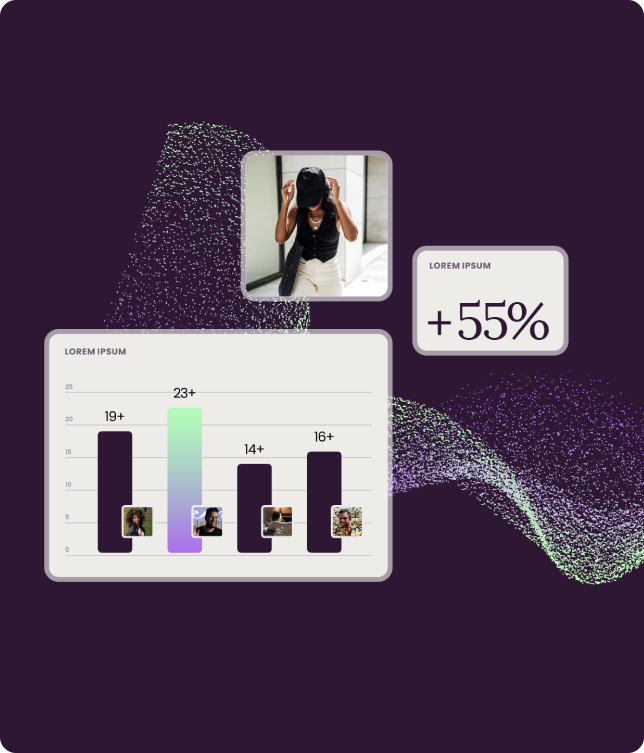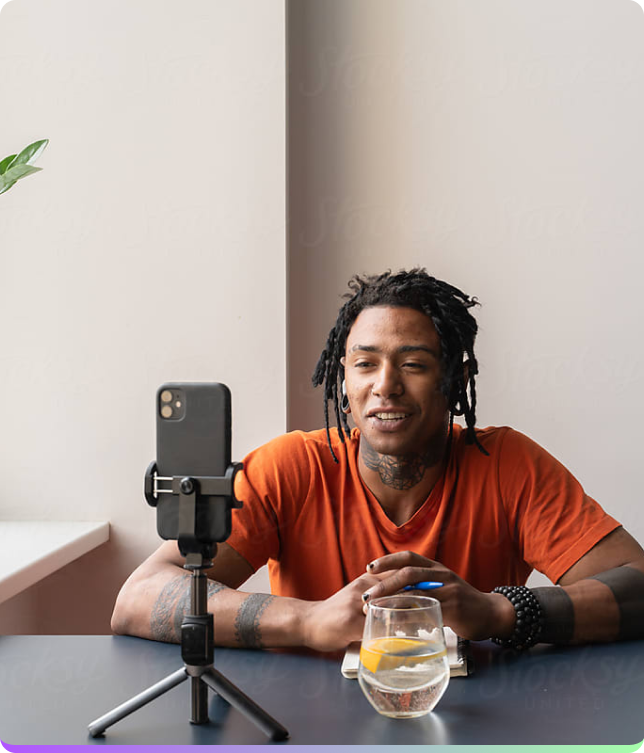To excel in influencer marketing, strategize for long-term success by researching influencers thoroughly and building a well-rounded team. Like Fantasy Football, success isn’t about stacking with the most popular; it’s about balancing different strengths and measuring performance. Analyze past data, account for unpredictable factors, and continuously monitor and adjust strategies to optimize your influencer roster for enduring impact.

Published On: August 4, 2017
Winning in influencer marketing is all about strategising for long-term success. Rather than working with whichever influencers are available at a given time, invest the time to research their background, and you’ll build a valuable, lasting relationship. With an arsenal of relevant and dedicated influencers, your brand is certain to shine.
Here at Wearisma, we like to think of a brand’s influencers as a well-rounded team where everyone brings something different to the table. The more we thought about how to pick a winning roster, the more we realised the art of drafting a team isn’t native to the world of marketing.
The likes of the Premier League and the NFL have spent billions sourcing the best talent based on a fine-tuned strategy. What’s more, fans have learned to perfect this craft at home in Fantasy Football leagues. And as many gear up for the upcoming Fantasy Football season, one thing becomes clear: strategy is everything.
Are you keen to build the best of teams? So are we — so we’ve gone to the experts to find you answers. We spoke with Mark Latham, Sports Analytics Manager at Decision Technology. DecTech specialise in helping customers understand their data and provide actionable insight. When it comes to sports, they work with a variety of football teams, using statistical analysis to help them pick the right players. He told us about a model DecTech created to predict how many points a player will score in a given Fantasy Football season. Here’s what we learned.
“Lorem ipsum dolor sit amet consectetur. Diam platea at tempor ut ut egestas venenatis. Placerat eros eget commodo ut cursus. Enim libero nibh facilisis est. At phasellus mauris ornare posuere consequat. Quam lacus curabitur consectetur amet libero tortor eu volutpat sit. Venenatis eget aenean in enim.”

In Fantasy Football, the goal is to assemble a dream team using a specific budget, and points are awarded based on performance. But don’t stack your roster with goal-scorers – players of all positions build a winning team. Different positions have different models for success, so a forward might get 5 points for scoring a goal just as a defender might get 5 points for a tackle.
What we learned: Success can be measured differently depending on the skill. Analyse your influencers within the context of their specific talents, background, and position.
In DecTech’s model, any player’s success can be measured based on their past performance, creating a model for what to expect for each player in a given season. Mark explains that “researching and reporting on the number of goals, saves, etc they’ve had in past seasons, an accurate prediction can be made for the future”. When put into context of a budget, it’s possible to work out a player’s value for money.
What we learned: Crunch the numbers on an influencer’s past performance and weight it up against your budget and goals. Use historical data from their social platforms to inform your decisions.
Like any good statistical analysis, DecTech’s model addresses variation – the bit we can’t predict. In the case of Fantasy Football, they analysed the luck component within competition. This accounts for player injuries, retirement and the like – things out of our control – and it’s worth taking into consideration.
What we learned: When planning and budgeting, always remember the luck component. You never know when someone will drop out or move on, and prepare yourself for how to adapt.
Mark stressed the importance of monitoring the performance of players all the time. In Fantasy Football, teams are dynamic, and players are replaced often to optimise success. As new information is gained, Mark explains, strategies are updated to make informed decisions.
What we learned: The strategy doesn’t end when the relationship begins. Keep monitoring your influencers’ output and refine your team over time.
With tips like these, brands can hone the craft of influencer marketing with strategy and agility. Analysing performance over time creates the possibility for decision making that’s tailored to your brand’s success. Once your influencer dream team is assembled, there’s no stopping you!


Keep informed with the latest trends, reports, and case studies from the world of influencer marketing.
In beauty, things move fast. But strategy? That’s what sets the leaders apart.
Our 2025 Beauty State of Influence Report is packed with insights, but knowing how to turn those into action is where the real value lies. Whether you’re optimising influencer partnerships, reallocating budgets, or jumping on the right trends, here’s how to make the most of your data.
WeArisma’s Personal Care 2025 State of Influence Interactive Report – The Definitive Guide to Winning in Bath and Body, Hair Care, Skincare, and Wellness Through Influencer Strategy
The personal care market is booming – but only the most emotionally resonant brands are cutting through the noise. Authenticity, expert credibility, and self-care storytelling are driving the next wave of influence.
Our Personal Care 2025 State of Influence Report reveals how Dove, Nivea, Aquaphor, and Bevel are shaping the future of the category – and how your brand can do the same.
Stay up to date with the latest industry trends and topics
Discover how WeArisma can help you harness the power in influence, grow your brand’s presence, and achieve measurable success.
WeArisma combines the power of AI, influencer marketing and social listening to deliver smarter, scalable strategies with real impact.